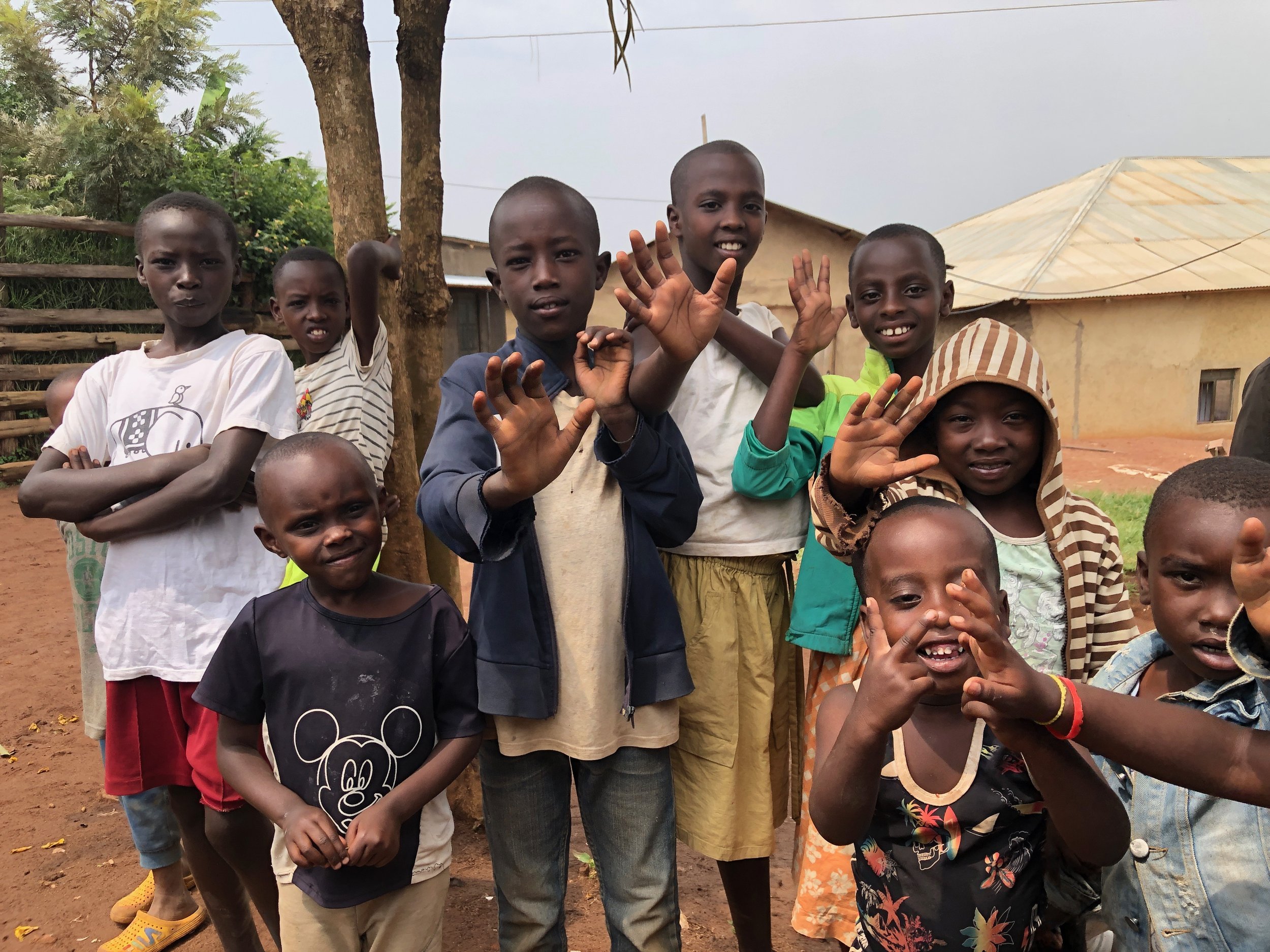Uganda is called the Pearl of Africa. It is a landlocked country in East Africa whose diverse landscape includes the snow-capped Rwenzori Mountains and the immense Lake Victoria. Uganda is also home to 1.7 million refugees (more than any other country in Africa).
In fact, Uganda has a long history of hosting refugees and asylum seekers, including Polish refugees who fled Europe in the 1940s. Africa’s oldest refugee camp, Nakivale, was established in 1959 in Southwest Uganda and is still operating today. It is currently the 8th largest refugee camp in the world.
Currently, most refugees come from South Sudan (57%), the Democratic Republic of the Congo (32%), Somalia (3%), and Burundi (3%).
Source: UNHCR
The last two years have seen a renewed surge in refugees fleeing to Uganda, as the country is sandwiched between two high conflict countries: Democratic Republic of the Congo and South Sudan.
The displacement situation in the Democratic Republic of the Congo (DRC) is the most complex and long-standing humanitarian crisis in Africa and the fourth largest internally displaced persons (IDP) crisis in the world. Fighting has been ongoing since the DRC gained its independence in 1960. However, in 2023, an escalation in fighting in the eastern provinces of the Democratic Republic of the Congo led to widespread human rights violations and gender-based violence. Congolese refugees fled mostly into southern and western Uganda.
The Sudanese Armed Forces (SAF) and the paramilitary Rapid Support Forces (RSF) in the Sudanese Civil War have also escalated again. Those two forces have been fighting since 2003 and the war in Darfur. Now, the United Nations considers Sudan and South Sudan the most dangerous countries in the world for humanitarian aid workers. Since the escalation in 2023, Sudanese refugees have fled to several neighboring countries, including northern Uganda.
Uganda is one of the most accessible places for refugees globally, but it relies heavily on aid organizations to serve the refugee communities. Diminishing funding and limited resources mean there is less aid to help as new waves of refugees arrive. To promote self-reliance among refugees, we see a huge need for increased economic opportunities and livelihood support. Only then, can refugees truly integrate into their new homes and achieve the stability of a good life.
In 2024, LHI expanded our livestock program to give goats and chickens to refugees in Uganda. We now work with two incredible refugee-led partner organizations based in Uganda. Livestock can make a significant difference in the financial stability of refugees in Uganda. 80% of the refugees in Uganda are women and children. 91% of Uganda’s refugee population are considered economically vulnerable.
Often, many of the women have adopted grandchildren or children from their deceased siblings, which makes family sizes even larger. Nabakunda is the head of household with 14 people. She received two female goats from LHI, one of which was pregnant and quickly birthed a kid. She sold the goat kid to complete payment of her children’s school fees. Rather embarrassingly and disruptively, they kept being sent home from class because the fees were late.
Verena received 34 chickens from LHI to help support her family of 9 people. She took classes through the refugee camp and came up with an idea for a small business. She used the income from her chickens to start the business selling flour, sugar, oil, rice, and tea in the local market. Now she has additional income to buy food and medicine for her family.
These are two of many success stories that showcase how livestock can empower refugees with stability and self-sufficiency. You can help support refugees like Verena and Nabakunda by buying a chicken or a goat at lhi.org/uganda





